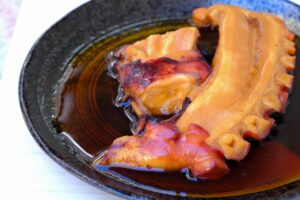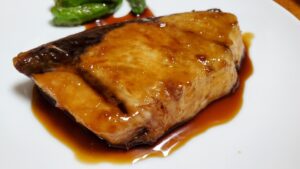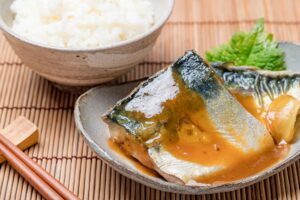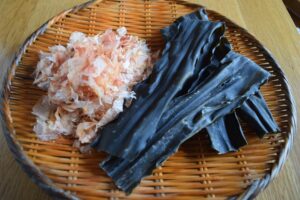Dashi is the cornerstone of Japanese cuisine, offering a rich, umami-packed base for countless dishes. In this guide, we will delve into the world of dashi, providing you with everything you need to know to make this essential soup stock from scratch, understand its varieties, and incorporate it into your cooking.
Introduction to Dashi: The Foundation of Japanese Soup Stock
Dashi is the cornerstone of Japanese cuisine, providing the foundational umami flavor that characterizes many traditional dishes. This simple yet profound stock is made from a handful of key ingredients, primarily kombu (kelp) and katsuobushi (bonito flakes), which are rich in glutamates and inosinate, enhancing the savory taste of any dish. Whether you’re making miso soup, ramen, or any number of Japanese stews, dashi is the essential base that brings depth and authenticity to the flavor profile. This guide will walk you through the basics of dashi, from its ingredients to its various applications in Japanese cooking.
The Importance of Dashi in Japanese Cuisine
Dashi is not just a cooking liquid; it’s a culinary tradition that has been passed down through generations in Japan. Historically, dashi has played a critical role in defining the umami taste, often referred to as the “fifth taste,” which is central to Japanese food. Its use dates back centuries, influencing everything from everyday meals to ceremonial dishes. The simplicity of dashi belies its importance, as it subtly enhances the flavors of other ingredients without overpowering them. This delicate balance is what makes dashi indispensable in Japanese cuisine, where the natural flavors of ingredients are celebrated.
Common Ingredients Used in Dashi
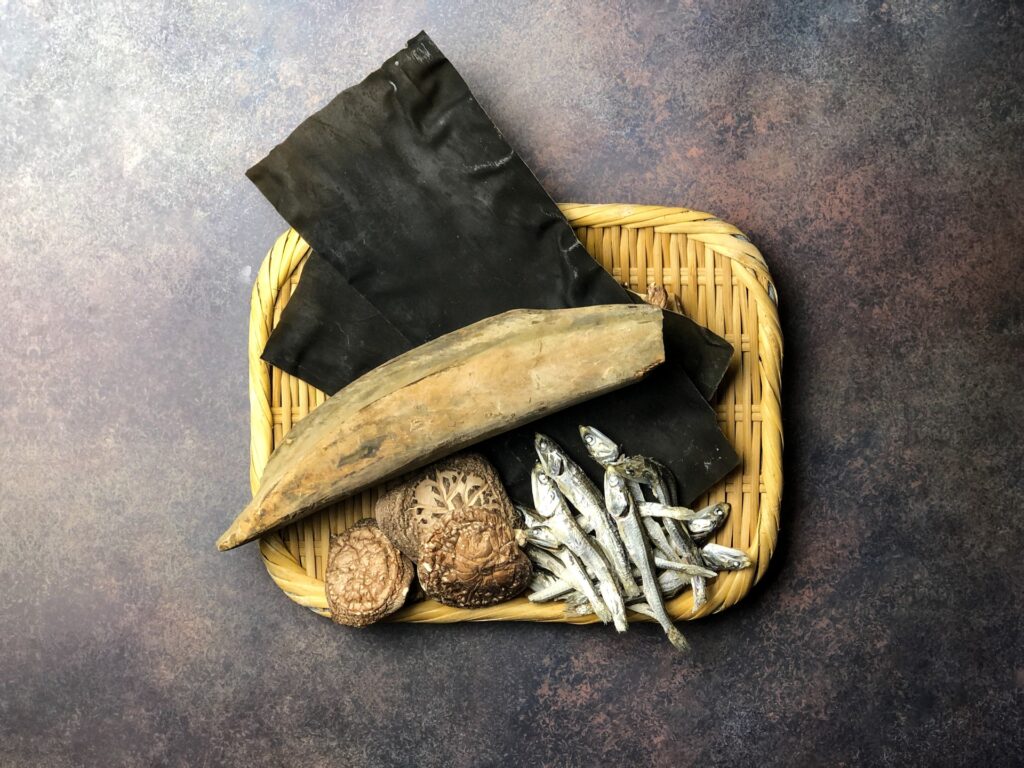
The primary ingredients used in making dashi are kombu, a type of kelp harvested from the cold waters around Hokkaido, and katsuobushi, dried and fermented bonito fish flakes. Kombu is prized for its high glutamate content, which imparts a rich umami flavor, while katsuobushi contributes inosinate, which works synergistically with glutamate to deepen the umami experience. Other ingredients, like shiitake mushrooms and niboshi (dried sardines), are also used to make different types of dashi, each adding unique flavors and characteristics. The quality of these ingredients is crucial, as they directly influence the flavor and clarity of the dashi.
Types of Dashi: A Deep Dive into Varieties
There are several types of dashi, each with its own preparation method and culinary application. Ichiban dashi, the first extraction, is the richest and most flavorful, often reserved for dishes where the dashi is the star. Niban dashi, the second extraction, uses the same ingredients and is typically used for more robust dishes like simmered vegetables. Kombu dashi, made solely from kelp, is a vegetarian-friendly option, offering a lighter, yet still umami-packed, stock. Understanding these types is essential for any cook aiming to replicate authentic Japanese flavors.
Ichiban Dashi (First Stock): The Richest Flavor
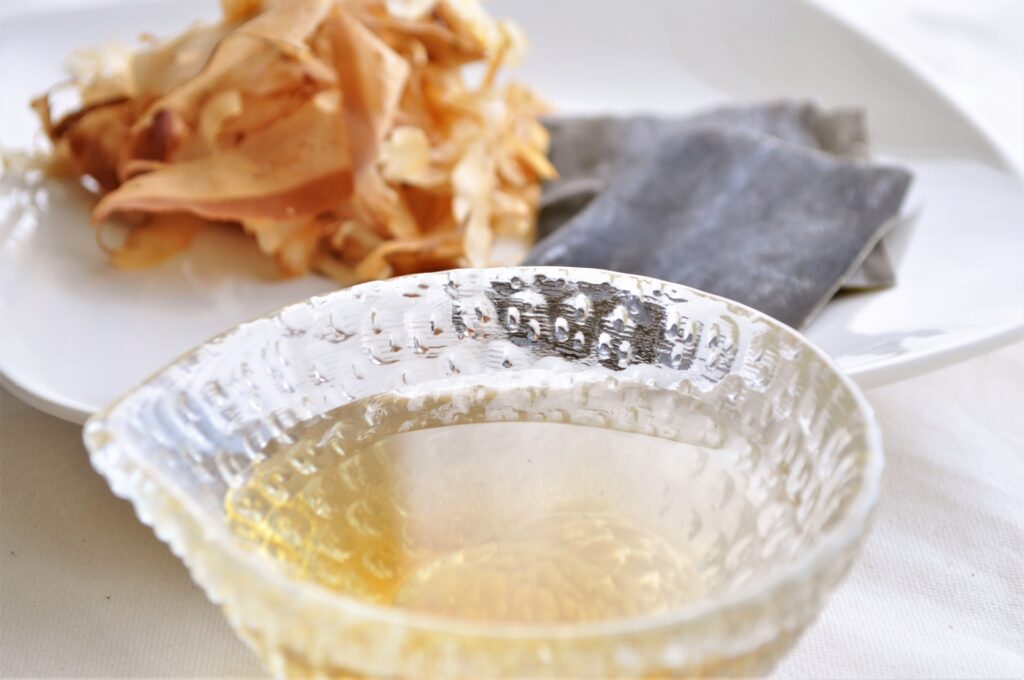
Ichiban dashi is the first and most potent extraction of dashi, capturing the full umami potential of its ingredients. To make ichiban dashi, start by soaking kombu in cold water, then slowly bring it to a simmer. Before the water boils, remove the kombu to avoid bitterness, and then add katsuobushi. Allow the katsuobushi to steep until it sinks, then strain the liquid. The result is a clear, golden broth with a deep, complex flavor that is perfect for delicate soups and sauces.
Niban Dashi (Second Stock): Maximizing Ingredients
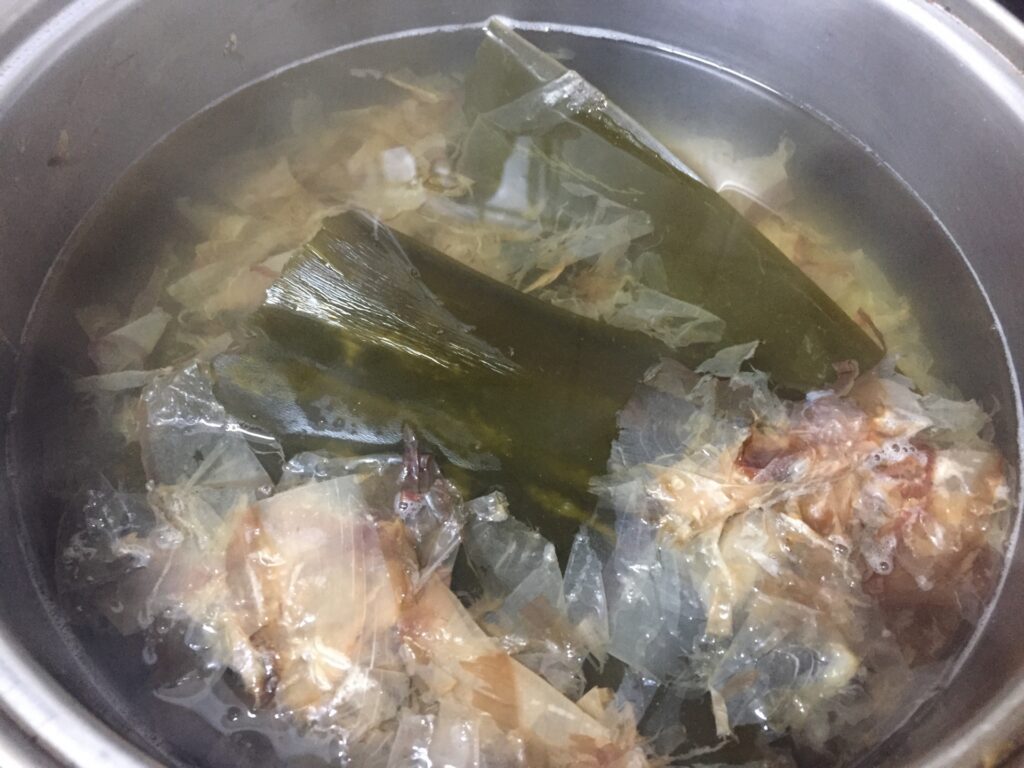
Niban dashi is made from the same kombu and katsuobushi used for ichiban dashi, but it is simmered for a longer time, extracting every last bit of flavor. Although less potent than ichiban dashi, niban dashi is still rich in umami and is ideal for heartier dishes like stews or rice dishes where the dashi is blended with other strong flavors.
Kombu Dashi: A Vegan Option
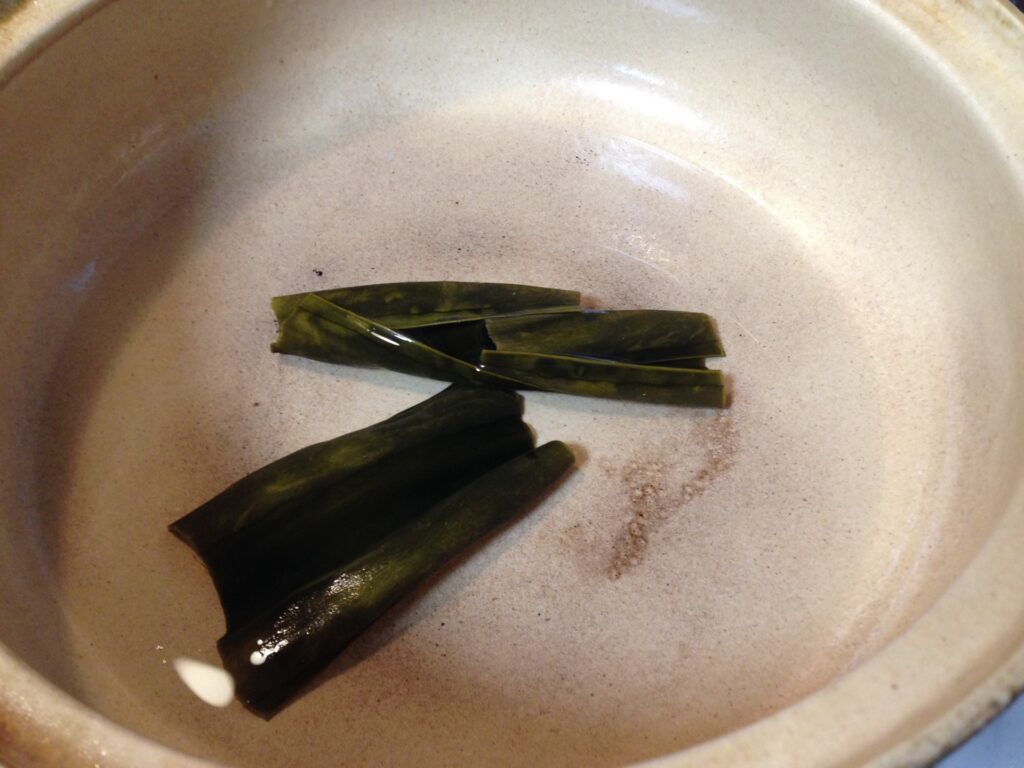
Kombu dashi is a vegan-friendly version of dashi that uses only kelp, making it an excellent base for vegetarian and vegan dishes. The preparation is simple: soak kombu in water overnight or heat it gently to extract its flavors. Kombu dashi has a mild, clean taste, with a subtle sea flavor that enhances the freshness of vegetables and tofu.
Health Benefits of Dashi: A Nutritional Perspective
Dashi is not only a flavorful base for cooking but also a nutritious one. Kombu is rich in minerals like iodine, calcium, and iron, essential for maintaining good health. The low-calorie content of dashi makes it a popular choice for those looking to add flavor without extra calories. Moreover, the amino acids found in dashi can aid in digestion and enhance the absorption of nutrients from other foods. Including dashi in your diet can contribute to a balanced and health-conscious lifestyle.
Dashi in Modern Cooking: Beyond Traditional Uses
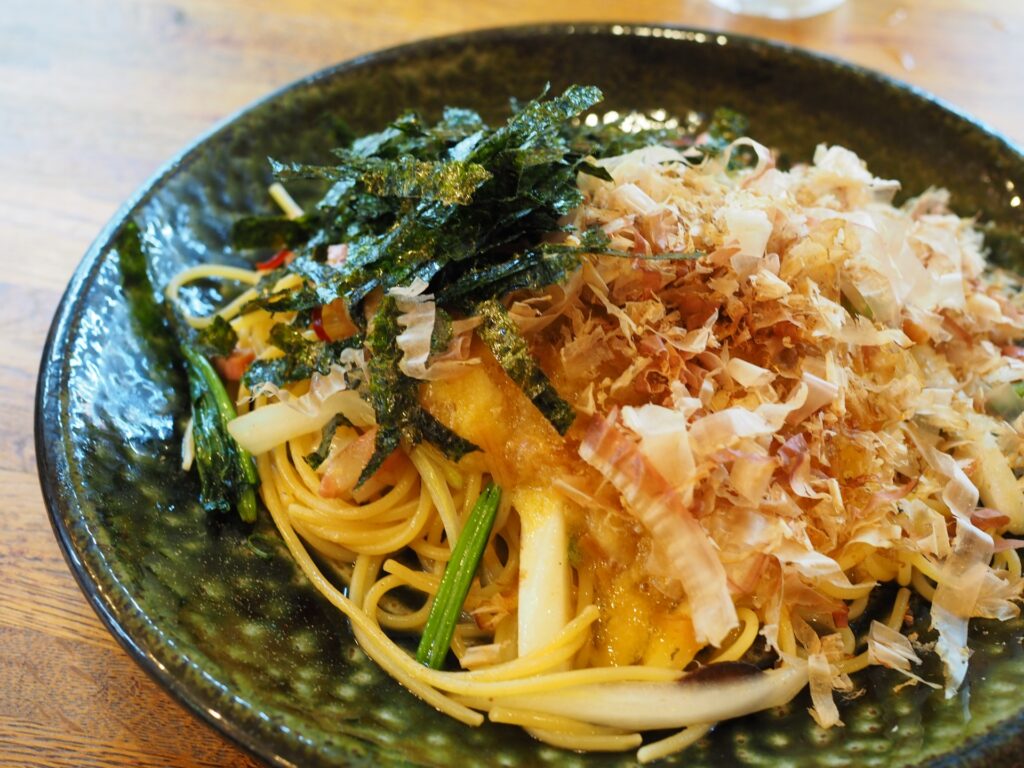
While dashi is a staple in traditional Japanese cooking, it has also found a place in modern and fusion cuisine. Chefs around the world are incorporating dashi into non-Japanese dishes, using it to add depth to sauces, marinades, and even cocktails. Its umami-rich flavor enhances everything from Western-style soups to pasta sauces, demonstrating dashi’s versatility and universal appeal in the culinary world.
Storing and Preserving Dashi: Best Practices
Proper storage of dashi is essential to maintain its flavor and freshness. Freshly made dashi can be refrigerated for up to four days, while freezing can extend its shelf life to about three months. For convenience, you can also reduce dashi into a concentrate or use dashi powder or paste, which can be rehydrated as needed. Understanding the best practices for storing dashi ensures that you always have this essential ingredient on hand, ready to elevate your dishes.
Vegan and Vegetarian Dashi Alternatives
For those who avoid animal products, there are several vegan and vegetarian alternatives to traditional dashi. Shiitake mushrooms and kombu make a flavorful vegan dashi, while adding dried seaweed or miso can enhance the umami profile. These alternatives provide the same depth and complexity as traditional dashi, making them perfect for plant-based diets. A simple recipe for vegan dashi includes simmering dried shiitake mushrooms and kombu in water, then straining the mixture to produce a rich, savory stock.







